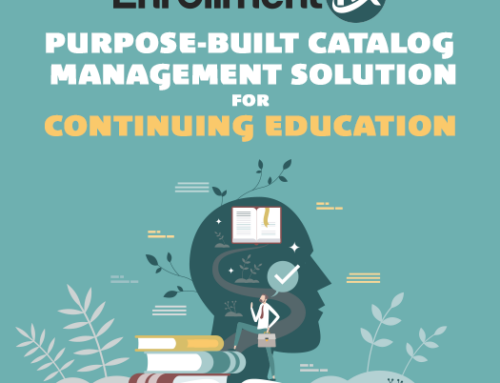Congratulations! Your institution has just approved a new program and they have tasked you with making sure that it will soon be ready to accept applications. One small wrinkle – this new program has a set of supplemental document requirements that are particularly unique.
This is an all too common occurrence. A new program gets approved at an institution which carries with it a unique set of requirements that are not part of any other program. How is the admissions department expected to address this issue in their CRM system? How will the CRM system know to generate these new “checklist requirements”? What skill set will be required to make this all work?
After all, the admissions process can be slap full of complexity when it comes to managing the supplemental requirements for each applicant. For example, the undergraduate nursing program may require a set of documents that are quite different from the documents required for graduate business program applicants. Further, freshman vs. transfer or domestic vs. international all may carry unique requirements that, by the way, can change from time to time.
Legacy systems often force schools to settle on a one-size-fits-all model for applicant requirements, or alternatively “hard-code” and maintain applicant requirements for each individual online application.
A better system is one that allows colleges and universities to determine sets of checklist requirements, and thereafter, configure (clicks-not-code) logic based on any combination of data from any field in the system in order to determine which set of checklist requirements should be selected for a particular applicant. If something about that applicant were to change that should result in new checklist requirements. The system should have the intelligence and configurable logic to modify the checklist requirement set as appropriate.
Armed with this type of capability, a school would be able to scale its CRM to accommodate new application requirements based on any combination of data and logic.




